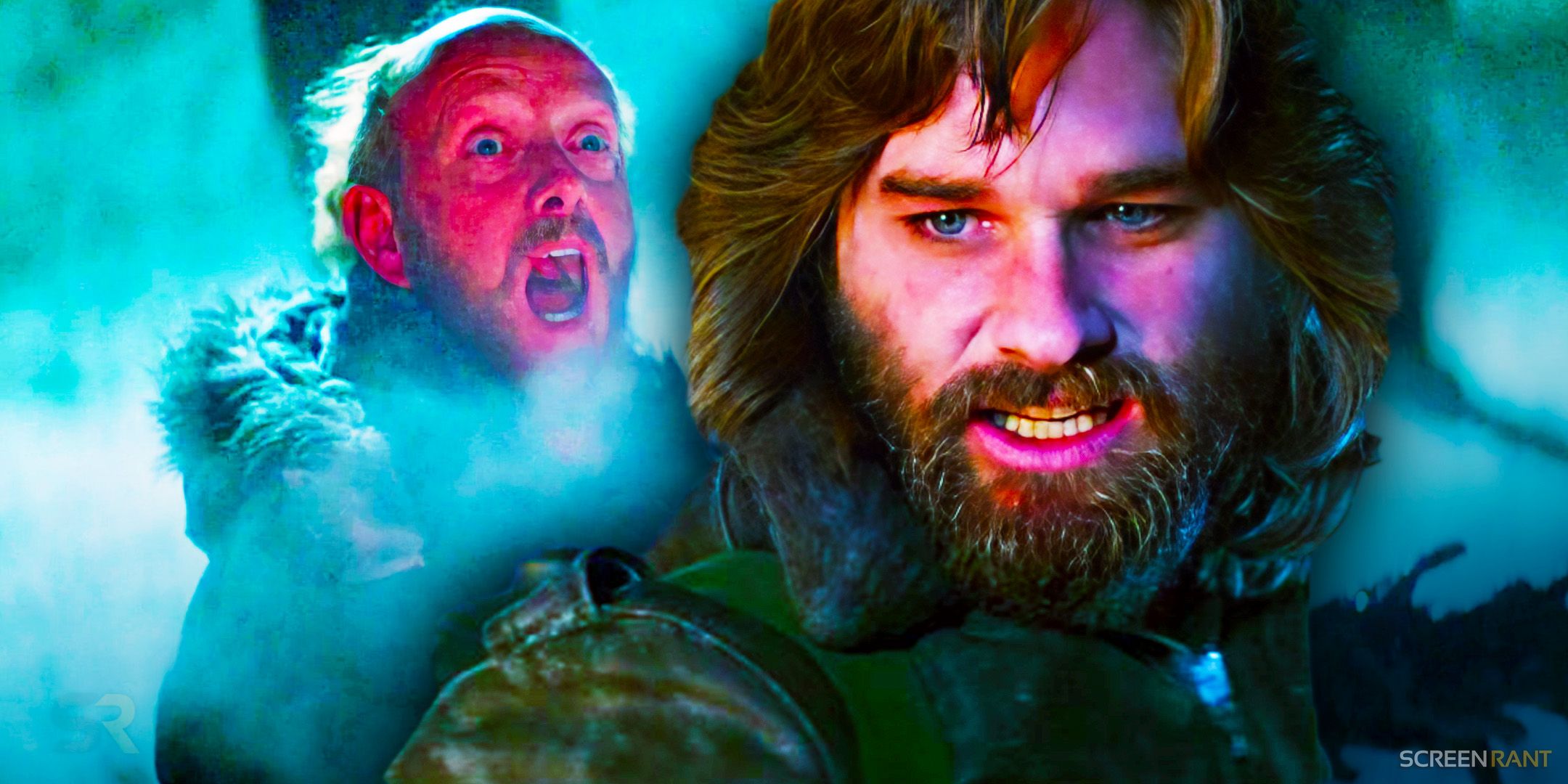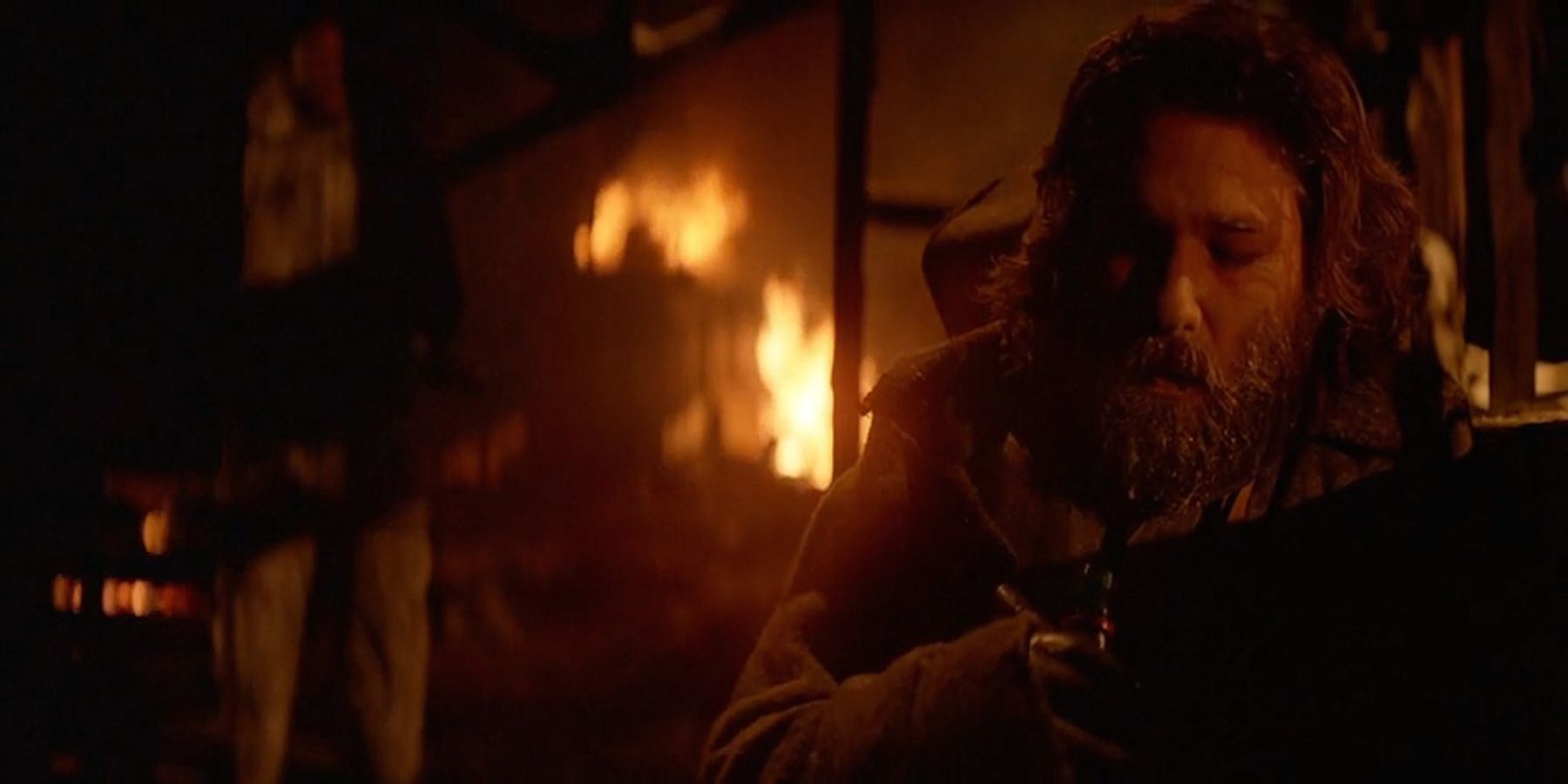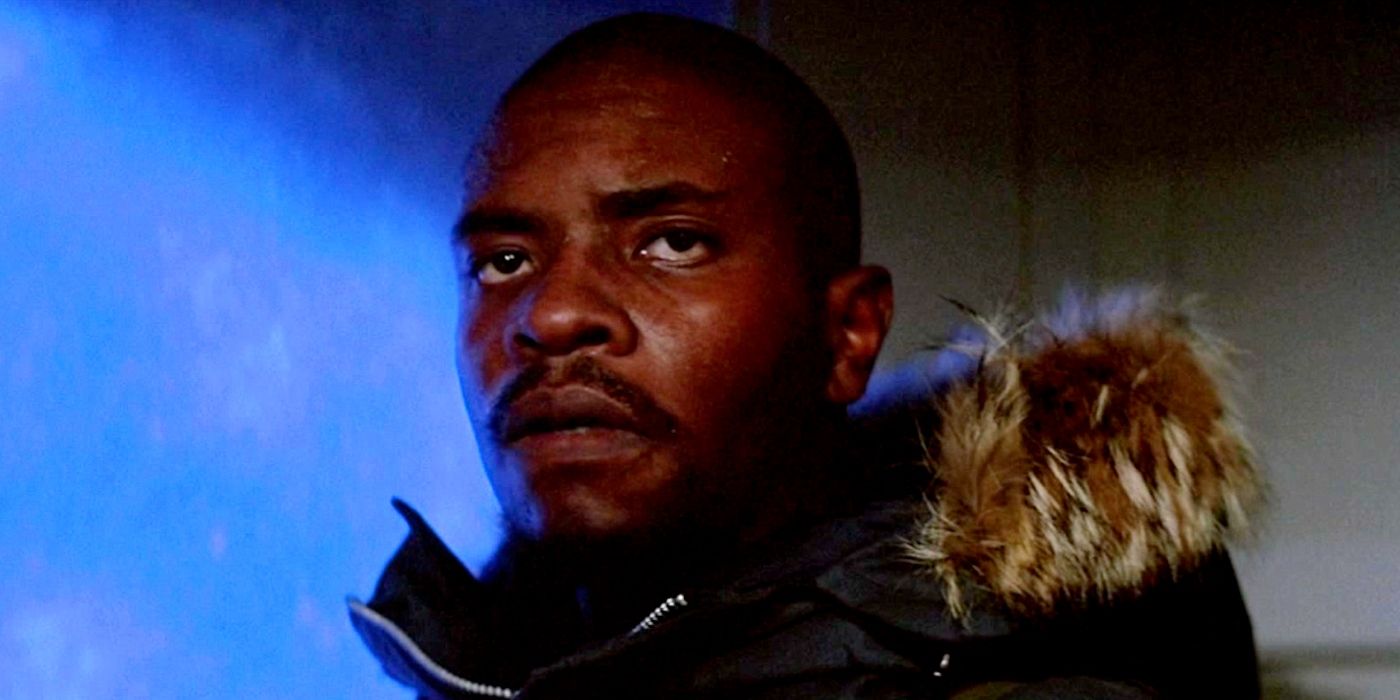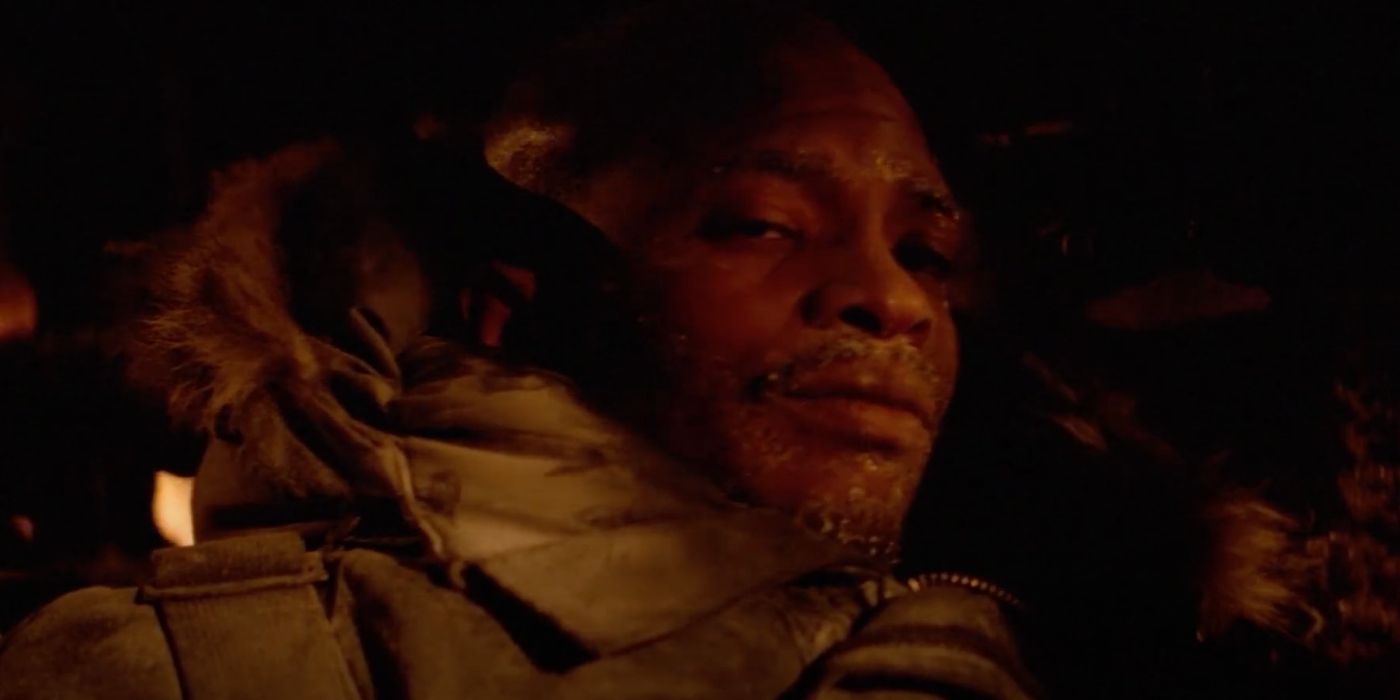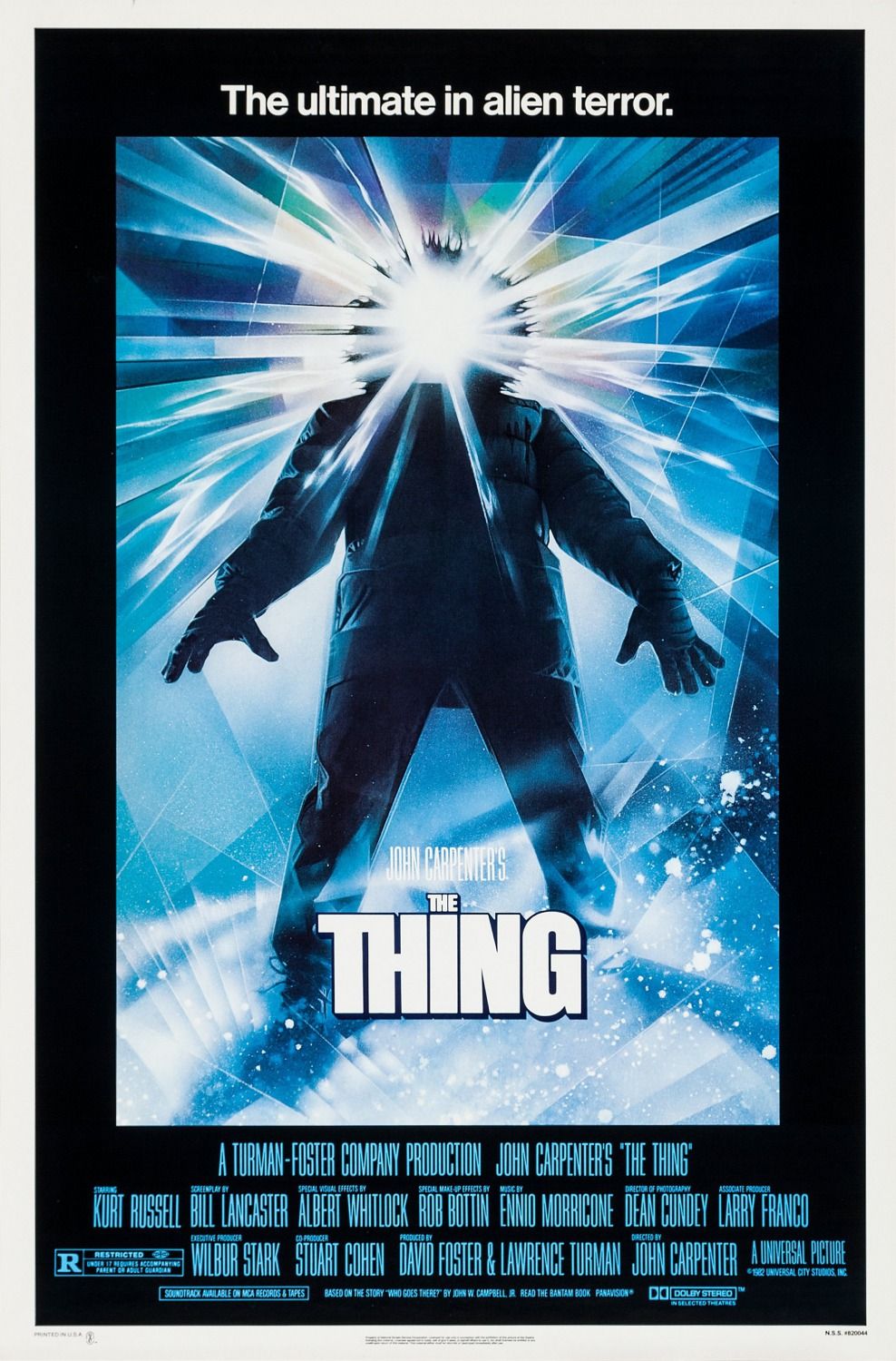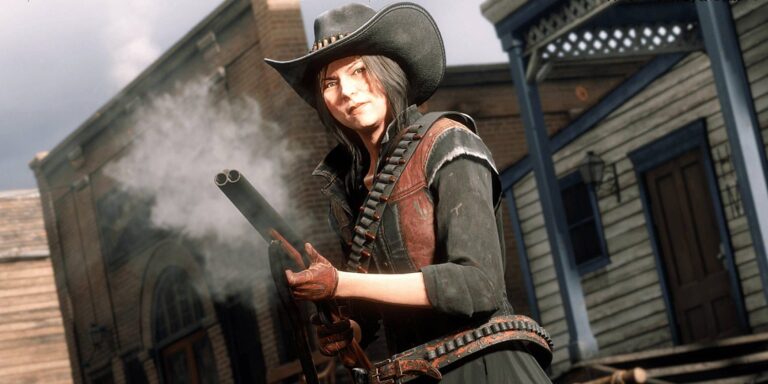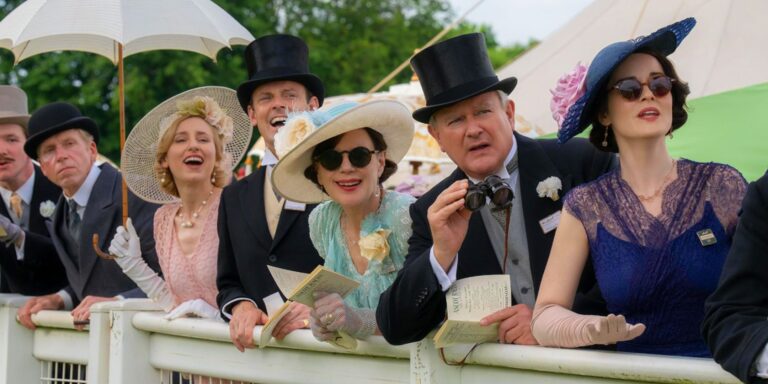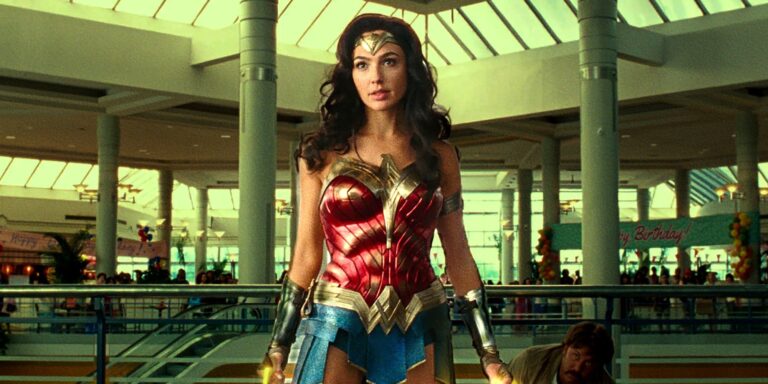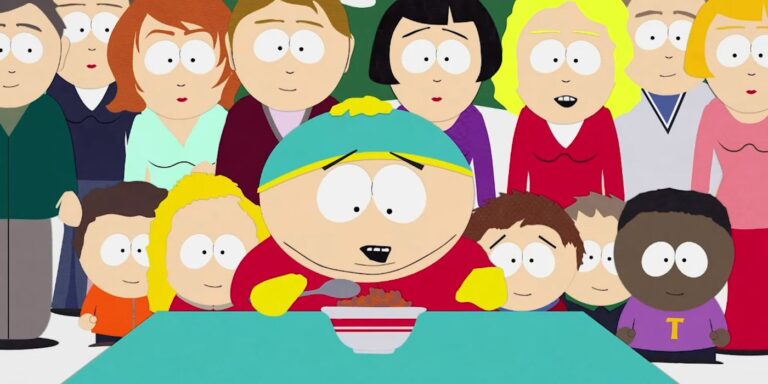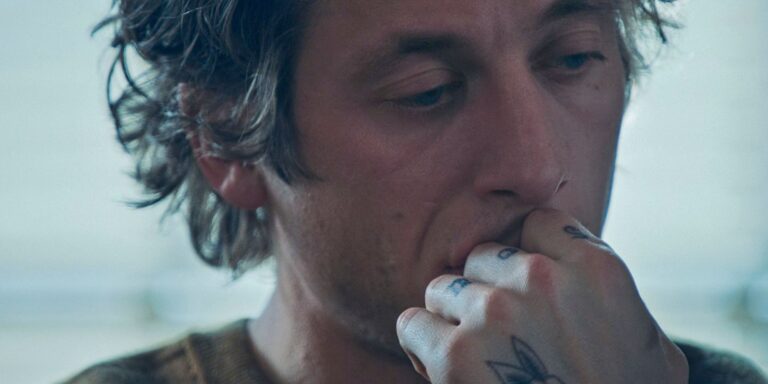John Carpenter “couldn’t decide” about a key aspect of The Thing’s ending, which instantly proves several major fan theories incorrect. The run of John Carpenter movies from the 1970s to the late 1980s is one of the all-time greatest director hot streaks. In the span of 14 years, he helmed Halloween, The Thing, Escape from New York, Big Trouble in Little China and many more. In addition to that, he often wrote and composed the music for his work too. While The Thing is now hailed as Carpenter’s masterpiece, the reception to the film in 1982 was utterly hostile.
The Thing was a box office bomb upon release, with prominent critics like Roger Ebert slamming its nihilistic tone and the gruesomeness of its special effects. It took years for the film to get rediscovered on TV, VHS and DVD for it to get reclaimed as a classic, while fans are still puzzling over several plot elements. The Thing’s ending might be intensely bleak – with survivors MacReady (Kurt Russell) and Childs (Keith David) doomed to freeze once the fire from their ruined camp extinguishes – but it suits the story perfectly.
3:12
Related
Everything The Thing’s Video Game Sequel Revealed About John Carpenter’s Classic
John Carpenter’s The Thing storyline continued in the 2002 video game of the same name and revealed more about the movie’s ending.
John Carpenter “Couldn’t Decide” If Childs Was Infected In The Thing’s Ending
The biggest question mark from The Thing may have no definitive answer
The lingering mystery from the ending involves whether Childs was infected or not. The character vanishes early in the third act after seemingly abandoning his post at the camp. Childs later claims to have chased after another imitation before becoming lost, but MacReady is clearly skeptical of this. There has been much debate about Childs’ true nature in The Thing’s finale, but Carpenter’s own director’s commentary reveals even he doesn’t have a clear answer.
This commentary was recorded sometime during the 1990s, with Carpenter and star Kurt Russell talking viewers through the movie. Towards the end of the film, Carpenter reveals to Russell that “I still can’t decide whether Childs was a creature or not. I cannot decide.” Russell supports this sentiment, stating “There was no way of telling or no way of ever knowing.”
It’s always been assumed that Carpenter had a clear reading of who was an imitation in The Thing’s ending, but this comment dispels that. If anything, this total ambiguity about Childs only underlines the film’s themes of trust and paranoia. It’s left up to the viewers to decide for themselves, which was the scene’s intention.
What John Carpenter Has Said About The Thing’s Ending
“Cannot tell you. Sorry.”
During production, Carpenter wasn’t quite sure how the film would end. The director even shot some alternate The Thing endings for safety too; one version ended with MacReady alone in the ruins of the camp waiting to die, while another version revealed he was rescued and a blood test revealed he wasn’t infected. The latter was filmed only for safety purposes and wasn’t even shown to test audiences. On that note, audiences hated the movie’s actual ending, but Carpenter felt that since the story was about the end of the world, there was no point in offering hope.
In spite of his comments on
The Thing’s
commentary, Carpenter may have a definitive reading of the ending now.
In most interviews, Carpenter has maintained that he knows who is infected in The Thing’s last scene – but will never reveal the answer. Speaking with Comicbook.com, the filmmaker said “Yes, I know. I know who’s the Thing and who’s not in the very end,” but when pressed for the answer, he humorously responded with “Cannot tell you. Sorry.”
In spite of his comments on The Thing’s commentary, Carpenter may have a definitive reading of the ending now. It’s also possible he’s still not sure, but whenever asked in interviews or by fans, his stock answer is that he will never reveal the truth. There have been spinoffs to the film that revealed different answers; in the 2002 video game, Childs is revealed to have frozen to death at the camp, while MacReady survived and rescues the player character in the final scene.
Dark Horse’s short-lived The Thing from Another World comic series also revealed both men were human, with early issues charting their continuing misadventures. Neither of these are considered canonical answers though, and are alternate universe tales. In truth, if Carpenter ever did reveal the answer, it would undoubtedly disappoint fans who’ve waited decades to hear it. Again, the lack of an answer is the point.
Frank Darabont almost produced a mini-series sequel dubbed
Return of the Thing
in 2005 for The Sci-Fi Channel, but the project was ultimately canceled.
None Of The Thing’s Ending Fan Theories Make Sense
Yes, Childs really is breathing in The Thing’s finale
Over the years, many theories and video essays have popped up around The Thing’s closing moments. The most famous theory proposes that while MacReady is clearly seen breathing, Childs’ breath can’t be seen, marking him as an imitation. This reading may have come about during a time when the film was being consumed on VHS or DVD, but the advent of Blu-ray and HD versions reveals that Childs is very much breathing in the finale; it’s just harder to see since he’s backlit.
… an imitation would have the same taste buds as Childs and would spit out the liquid once he tasted it.
Plus, alien imitations are perfect copies of their original hosts right down to biology, so it would make little sense for a Child’s clone not to have any lungs. This rules out another Thing theory, suggesting the whiskey bottle MacReady passes to Childs isn’t booze, but gasoline. This is a way for the movie’s hero to test whether Childs can taste the difference between the two; when Childs drinks it with no issues, MacReady laughs as he knows the other man is an imitation.
Again, an imitation would have the same taste buds as Childs and would spit out the liquid once he tasted it. There’s even the “light in the eye” theory, which was a secret that went unnoticed for decades. In The Thing’s blood test scene, cinematographer Dean Cundey revealed that while the uninfected characters have some light in their eyes, the only imitation does not.
|
Every The Thing Movie |
Rotten Tomatoes Rating |
|---|---|
|
The Thing from Another World (1951) |
87% |
|
John Carpenter’s The Thing (1982) |
85% |
|
The Thing (2011) |
34% |
Thus, his dead eyes give away his true nature. Some fans have tried to put this reading on The Thing’s ending too, though Cundey stated this light in the eyes clue wasn’t used for the final scene at Carpenter’s insistence. Again, this makes sense as the director wasn’t sure if Childs was infected or not. All of the above theories are rendered moot anyway, considering Carpenter never intended any of those readings.
The Thing’s Ending Mystery Should NEVER Be Answered
The question mark over Childs must remain
Another 1982 sci-fi classic is Blade Runner, which also had fans puzzling over whether Harrison Ford’s Deckard was a Replicant or not. There were compelling arguments on both sides, but Ridley Scott himself put the debate to bed during the 2000 documentary On the Edge of Blade Runner. This saw the director finally confirm that yes, Deckard is a Replicant. While this pleased those devotees who always read the film that way, it also annoyed those who felt Deckard needed to be human for the story to work.

Related
The Thing Has A Major Spoiler In Its First 9 Minutes (But It Doesn’t Ruin The Movie)
John Carpenter’s The Thing has many twists and turns, but it also has a major spoiler in its first minutes, yet it doesn’t ruin the movie at all.
This is the risk of a movie that poses an ambiguous question – only for the creator to provide a definitive answer. For that very reason, Carpenter is right to keep The Thing’s ending a mystery. It’s designed for audiences to come up with their own interpretations, and no answer the director could give would prove completely satisfying. This ambiguity has fueled decades of debate and theories, and that’s the way it should continue.
Source: Rotten Tomatoes, Comicbook.com,
